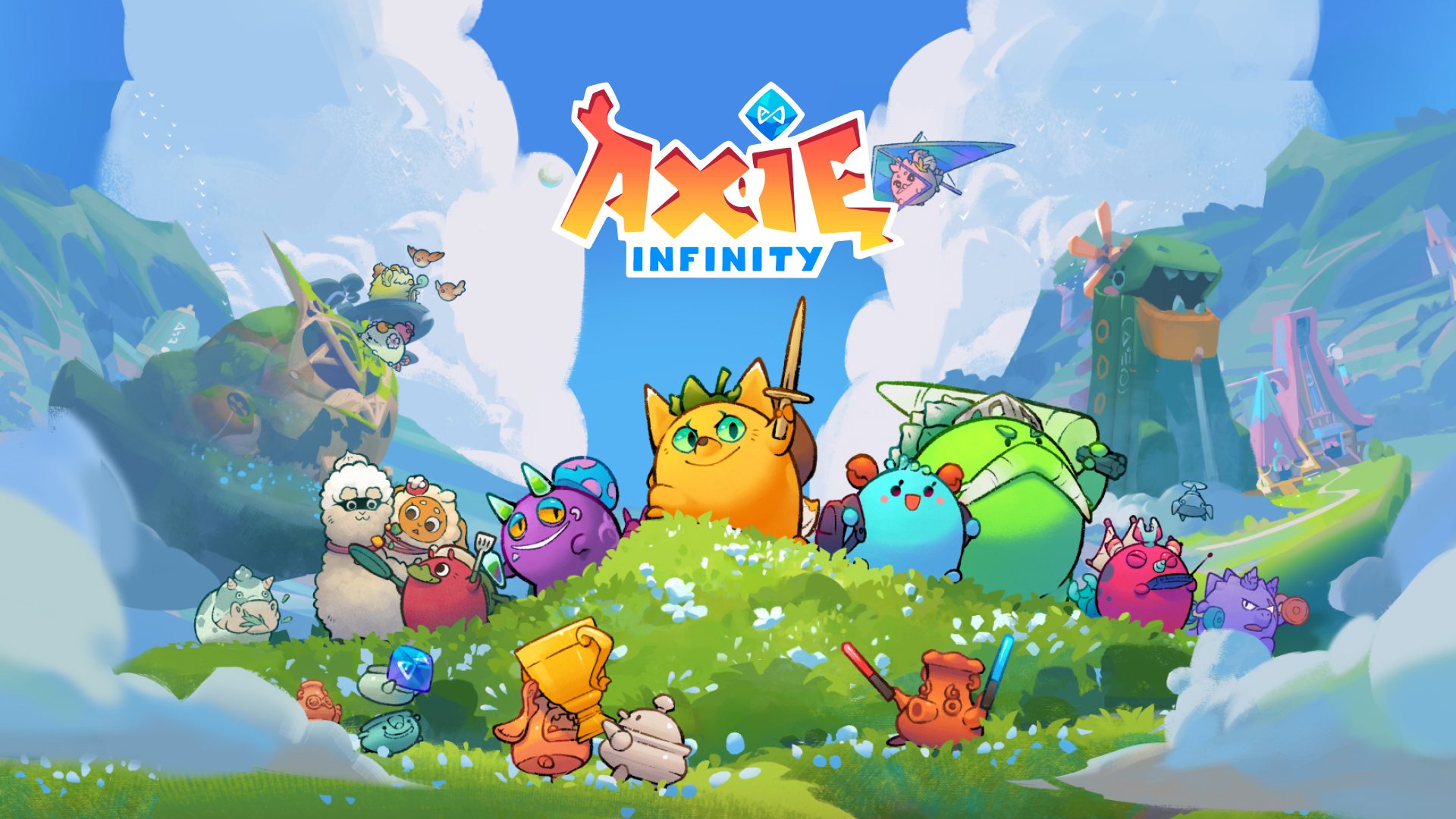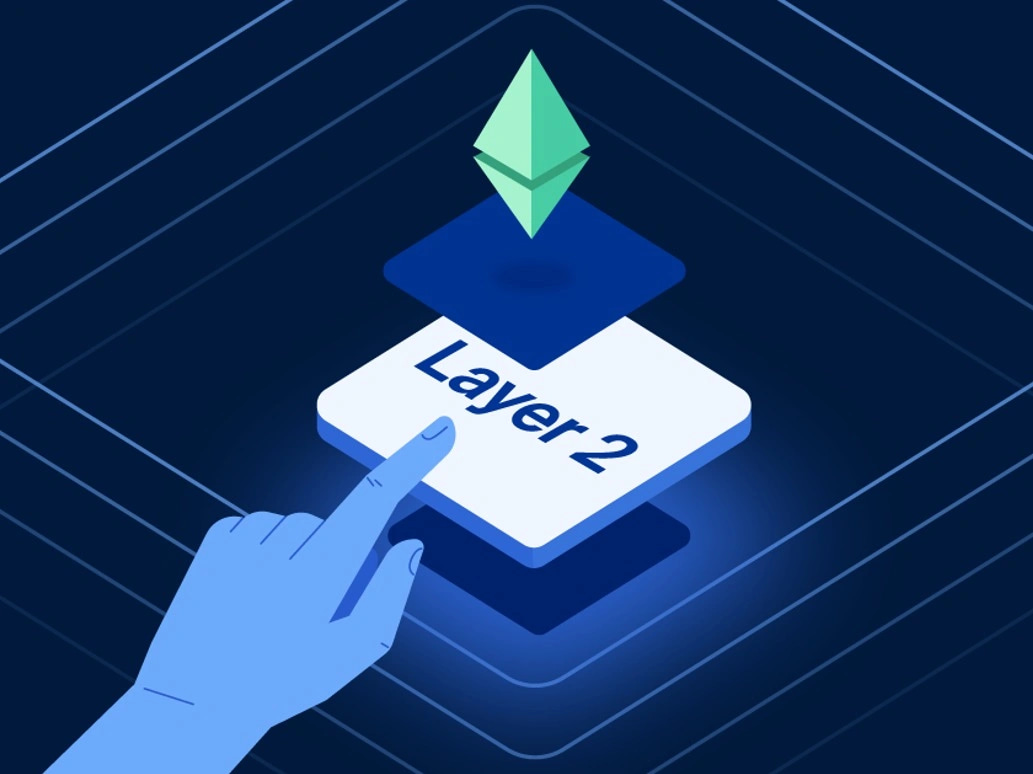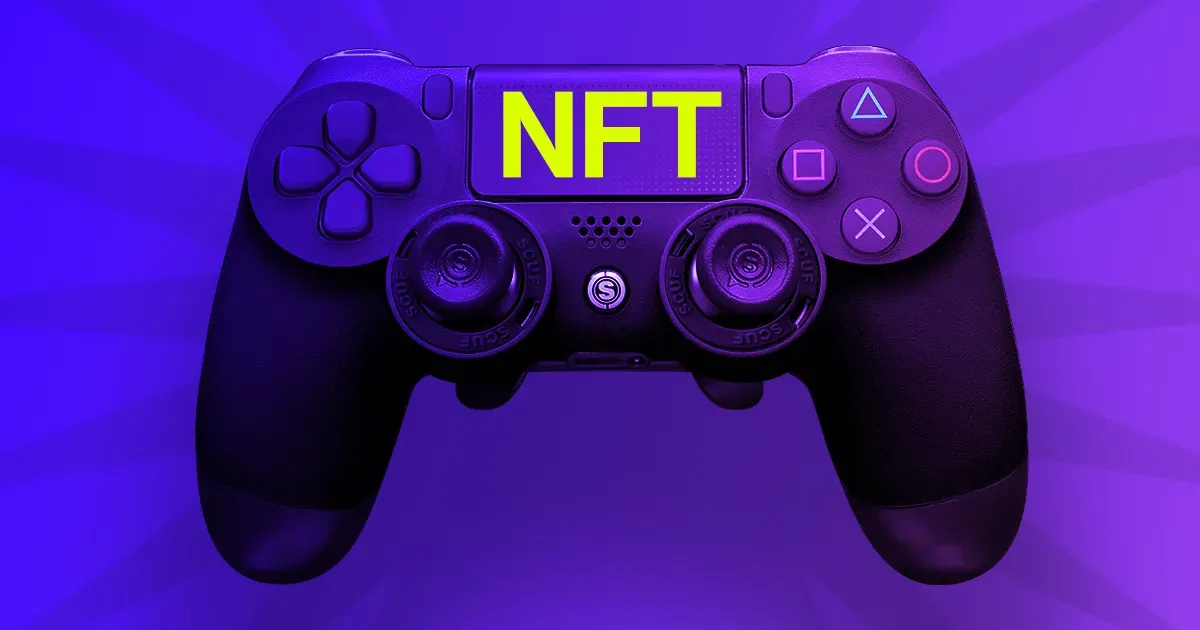Key Takeaways:
- Play-to-earn gaming began with Axie Infinity, transforming gameplay into income opportunities.
- Market volatility and unsustainable tokenomics led to a refinement of P2E models.
- AI-driven blockchain games are creating adaptive, immersive, and fair gaming experiences.
- Venture capital and gaming tokens continue to shape the growth of Web3 gaming ecosystems.
- Sustainable, engaging P2E games are paving the way for mainstream adoption.
The gaming industry has been undergoing a quiet revolution, fueled by the rise of blockchain technology, NFTs, and play-to-earn (P2E) models. Once a niche corner of the crypto world, P2E gaming has now become a mainstream conversation, merging financial incentives with immersive gameplay. From the early success of Axie Infinity to today’s AI-driven blockchain games, the evolution of play-to-earn is reshaping how players, developers, and investors engage with virtual worlds.
Axie Infinity and the Rise of Play-to-Earn
In 2018, the world witnessed a paradigm shift in gaming with the launch of Axie Infinity, a blockchain-based game where players collected, bred, and battled fantasy creatures called Axies. What set Axie apart was its integrated play-to-earn model: players could earn cryptocurrency simply by playing the game. This approach quickly transformed gaming from a hobby into a potential income stream, particularly in regions like Southeast Asia, where players leveraged P2E for real-world earnings.
The success of Axie Infinity also drew attention from venture capital in gaming, with investors eager to fund similar projects in the emerging Web3 gaming space. Its model demonstrated the powerful combination of gaming tokens, NFTs, and decentralized economies, setting the stage for the next generation of blockchain games.
Also read : What Is Web3 Gaming and How Does It Work?
Challenges and Market Correction
Despite the excitement, the early P2E boom faced significant hurdles. Crypto market volatility and unsustainable tokenomics exposed weaknesses in many blockchain games, leading to declining player engagement and financial instability. Axie Infinity itself underwent major adjustments after facing a market crash and security breaches, highlighting the risks of linking real-world earnings too closely with in-game assets.
These challenges prompted developers to rethink P2E models, focusing on sustainability, long-term player engagement, and balanced NFT game economies. Games began integrating play-to-earn elements as part of a broader gameplay experience rather than as the sole incentive, a shift that has been critical for maintaining credibility and attracting mainstream players.
AI and the Next Generation of Blockchain Games
The next frontier of play-to-earn is being shaped by artificial intelligence. AI-driven blockchain games are now enhancing gameplay personalization, creating dynamic game worlds, and introducing smarter in-game economies. AI can adapt challenges and rewards based on player behavior, ensuring that earning opportunities are balanced, fair, and engaging.
For instance, upcoming titles are experimenting with AI-controlled NPCs that interact with players in complex ways, and procedurally generated quests that adapt to both skill and strategy. This evolution promises to make NFT games more immersive while maintaining the economic incentives that define P2E gaming.
The Role of Venture Capital and Gaming Tokens
Venture capital continues to play a pivotal role in the growth of Web3 gaming. Investors are no longer just funding digital collectibles—they are backing fully-fledged ecosystems where gaming tokens fuel player engagement, reward loyalty, and incentivize long-term participation.
Gaming tokens are increasingly used for staking, governance, and cross-game utility, creating a more robust and sustainable digital economy. This trend is vital for bridging the gap between speculative hype and real-world adoption, ensuring that blockchain games can thrive beyond the initial wave of early adopters.
Looking Ahead: Sustainability and Mainstream Adoption
The evolution of play-to-earn illustrates a clear trajectory: from speculative gains and early blockchain experiments to AI-enhanced, sustainable gaming ecosystems. As Web3 gaming continues to mature, developers are prioritizing player experience, economic balance, and long-term engagement.
For gamers and investors alike, this evolution offers exciting opportunities. Players can expect more immersive, rewarding gameplay that merges entertainment with financial potential, while developers and venture capitalists are building the infrastructure for the next generation of blockchain games.
In short, the future of play-to-earn is not just about earning—it’s about evolving gaming into a dynamic, interconnected, and sustainable ecosystem.
Disclaimer: The information in this article is for general purposes only and does not constitute financial advice. The author’s views are personal and may not reflect the views of GameDegen.com. Before making any investment decisions, you should always conduct your own research. GameDegen.com is not responsible for any financial losses.




